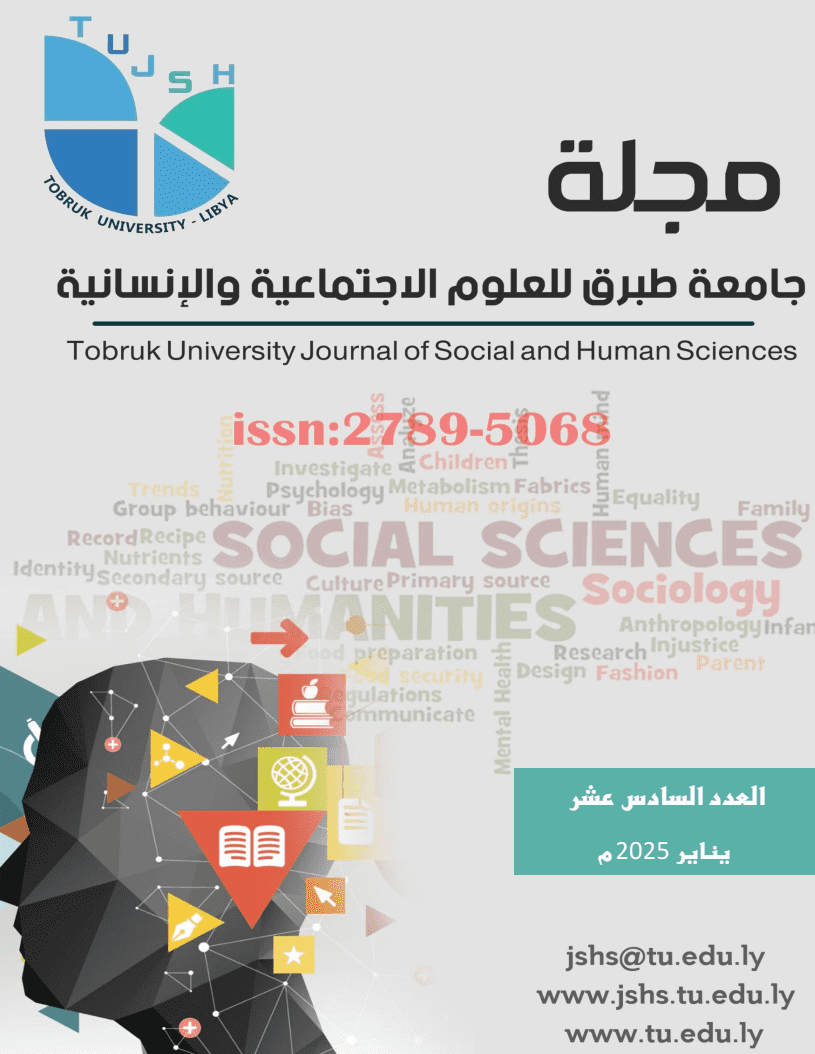Problematic Issues Encountering Undergraduate EFL Students at Tobruk University in Distinguishing between Translation and Transliteration
DOI:
https://doi.org/10.64516/7p6ke690Keywords:
proper nouns, , brand names, general terms,, literal translation, source language (SL), target language (TL), , translation, transliterationAbstract
This paper aims at exploring the obstacles encountered by undergraduate EFL students at Tobruck University in distinguishing between translation and transliteration processes. In this paper, the researchers examine the ability of undergraduate EFL students in translating general terms as well transliterating proper nouns and brand names to accurately identifying the obstacles. In order to achieve the aforementioned, the researchers used the quantitative method including samples of twenty English sentences should be translated into Arabic and a questionnaire. The samples consist of twenty sentences, each sentence contains one or more general term, a brand name or a proper noun. The second section includes ten questions with yes or no answer; these questions aimed to address the informants' knowledge regarding both processes; translation and transliteration. The third section implies three open-ended questions, and the purpose of these questions is to elicit the participants’ perceptions about translating general terms, as well transliterating proper nouns and brand names. The last section contains nine proper Arabic nouns which are required to be transliterated into the English language.
In this research, the researchers focus only on the first section which is the samplecontaining twenty English sentence that are needed to be translated into the Arabic language. This sample is applied for fifteen undergraduate students in the department of English, Faculty of Arts at Tobruck University. They were chosen randomly and their ages were between twenty and twenty five years old. The informants were givenanhour to fill in the sample without using the dictionary. The answers of the informants were tabulated and classified into accurate translation/transliteration, wrong translation, translation, no answer, literal translation and the percentage of the correct answers for each sentence.
The results revealed that the majority of informants mistranslated the general terms, and accordingly, they transliterated the terms instead of translating them. Adding to that, approximately two thirds of the respondents cannot differentiate between translation and transliteration. Regarding to the proper nouns and brand names, the informants presented various transliterations. Few percentages could successfully distinguish between translation and transliteration processes.
Downloads
Published
Issue
Section
License
Copyright (c) 2025 دكتور صلاح عبد الحميد آدم، Amal Hussein Hamid Abdullah (Autor/in)

This work is licensed under a Creative Commons Attribution 4.0 International License.








